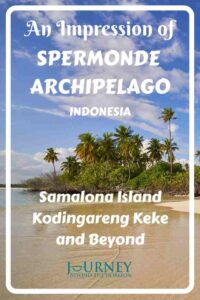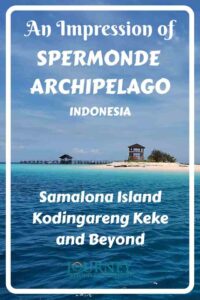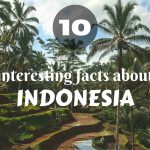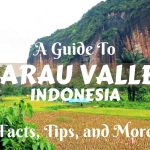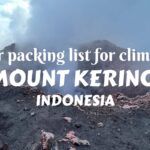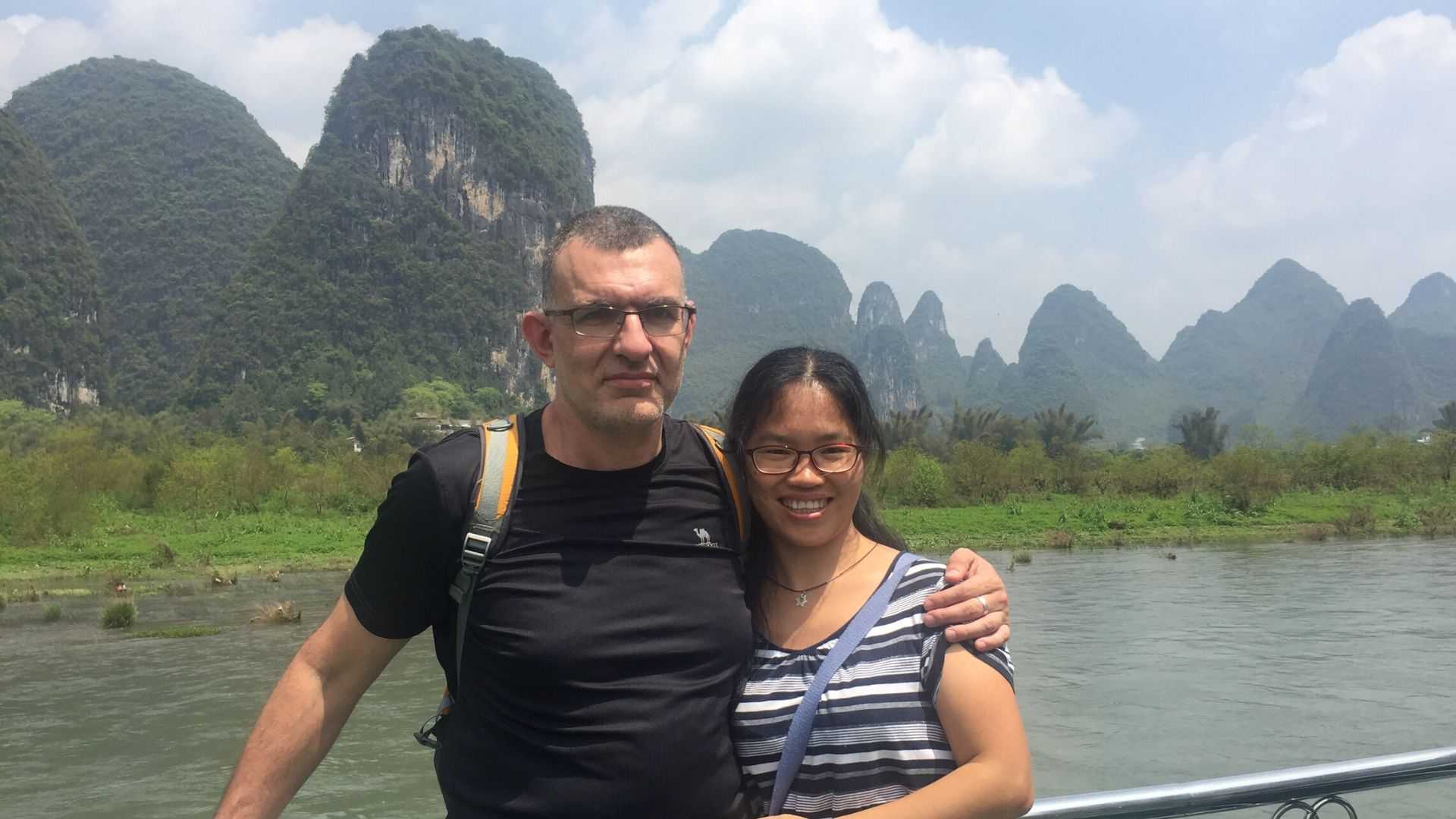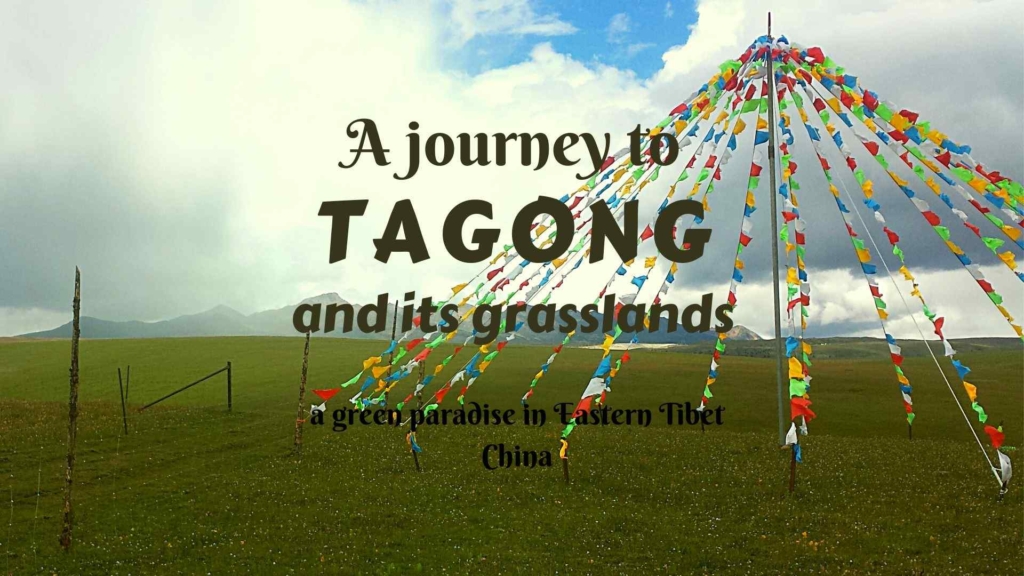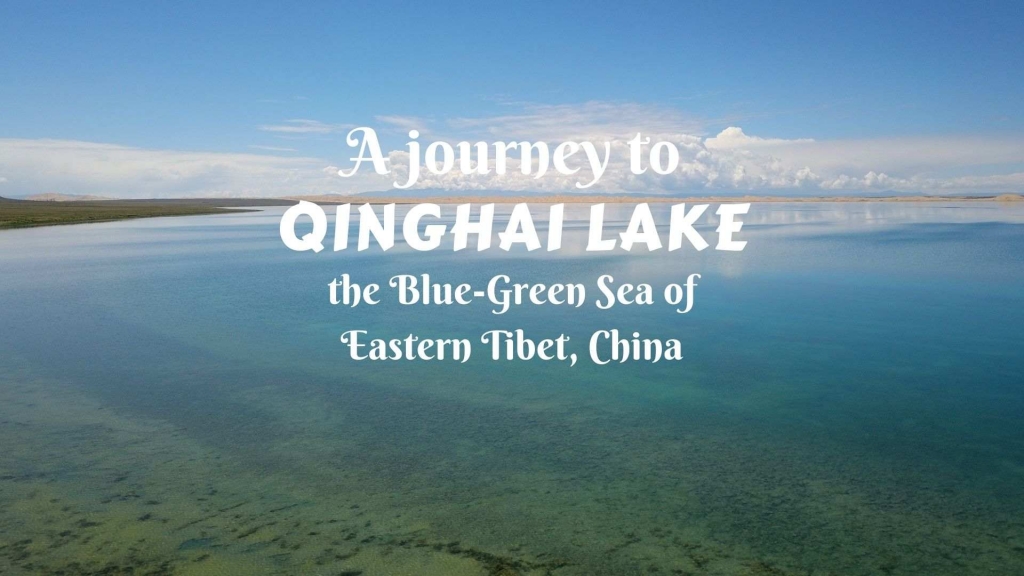Tucked away just west of Makassar, in the azure embrace of the Celebes Sea, lies the enchanting Spermonde Archipelago – a scattered constellation of over 100 islands promising unparalleled beauty and adventure. For those with a passion for geography and a thirst for exploration, these sun-drenched islets, often referred to as the Pabbiring Islands, offer a mesmerizing escape. Our journey begins by diving into the crystal-clear waters surrounding gems like Samalona Island, the equally captivating Kodingareng Keke, and further away to more islets, uncovering the vibrant underwater world and serene shores that define this Indonesian paradise.
Table of Contents
Some geography
You can see these tiny islets when approaching Makassar by plane from the west (from Kuala Lumpur or Jakarta). They look like beautiful pearls scattered across the sea. Some of them are inhabited pieces of land, while others are sand cays, which are usually uninhabited.
Spermonde and Pabbiring?
These are two names used for the archipelago. Many people consider Spermonde and Pabbiring to be the same thing – the group of islands directly west-northwest of Makassar. But geographically (and administratively), Spermonde is a broader area that includes all the islands in the area between Sulawesi and Sumbawa islands.
So, Pabbiring Islands is the main sub-group of Spermonde Archipelago, located close to the western coast of South Sulawesi. Besides them, further away, there are also Dewakang Islands- a few islands located further west of Pabbiring, and Tengah Islands, located north of Sumbawa Island.
Now, we will focus mostly on Pabbiring Islands but will mention some possible journeys to the further Dewakang and Tengah islands. And within Pabbiring, we will start from Samalona and Kodingareng Keke- the most popular islets west of Makassar, before looking further.
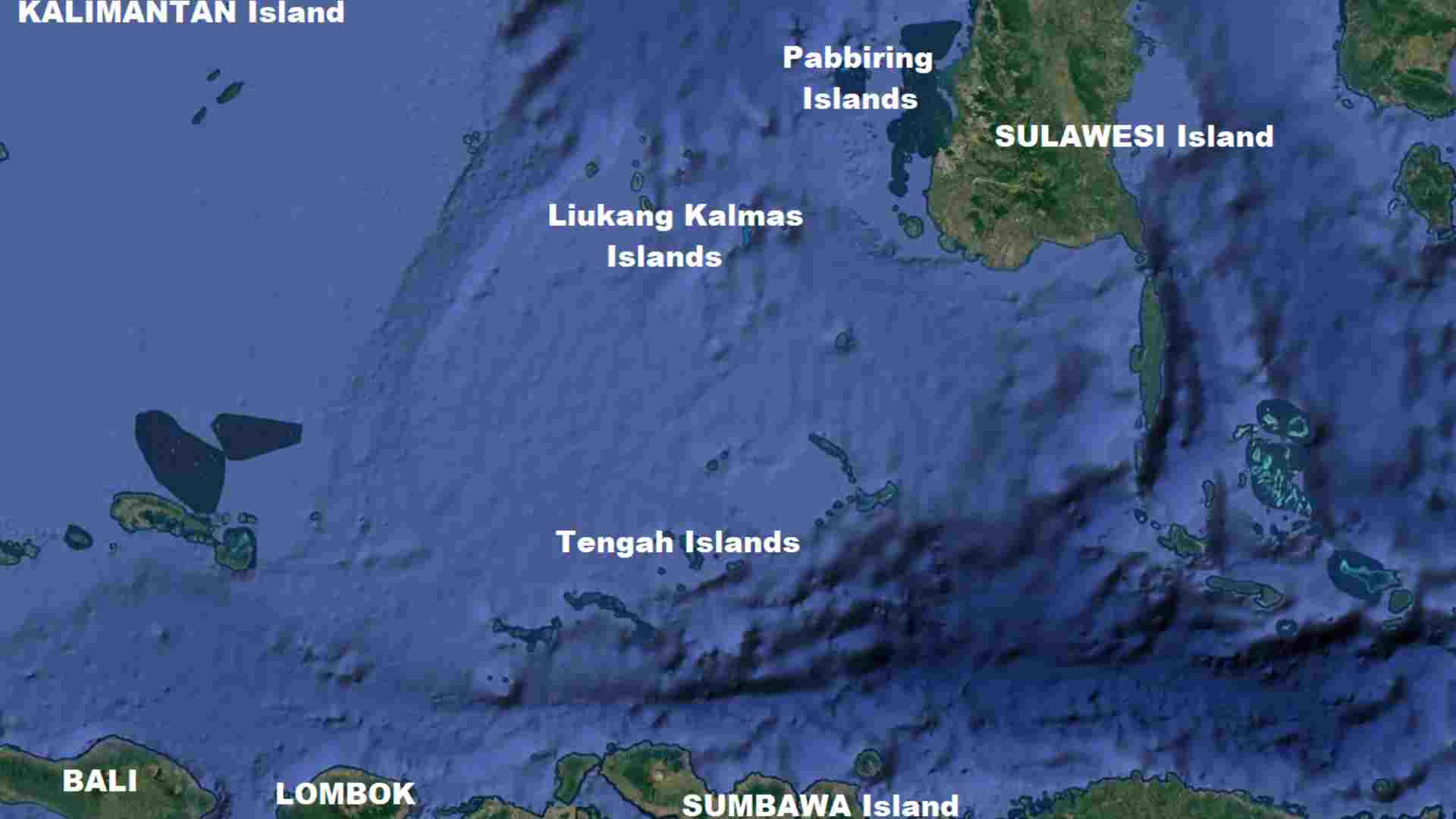
Pabbiring Islands
This is the group of islands within the Spermonde Archipelago which is close to the coast of the Sulawesi mainland. They are tiny, relatively close to each other, like multiple spots, evenly distributed on the plain surface of the sea, a part of Sulawesi Island’s shelf (in other words- tiny extensions of Sulawesi).
Due to their proximity to Sulawesi Island, especially Makassar, many of them are inhabited, and some of them have turned into popular local resorts.
Samalona and Kodingareng Keke islands
These two islands are the most popular pieces of land within the Pabbiring and the whole of the Spermonde Archipelago. First- they are very close to Makassar. At the same time, they are still pristine, with relatively well-preserved crystal clear waters and coral reefs, excellent for snorkeling and scuba diving. In other words, they are like a real “tropical paradise”, located less than an hour from Makassar by boat.
Samalona Island is covered by a tropical forest. It is not constantly inhabited (like a village) but there is a nice resort in the forest where you can stay for a longer time. The island is located only 8 km west of Makassar.
Kodingareng Keke is further west- 16 km from Makassar (and 8 km from Samalona) but still close enough to the city. It is an uninhabited sand cay, almost treeless (with only a few trees and some bush). There is only one wooden tower and a wharf on it. So, it is not proper for staying overnight but is great for a one-day snorkeling or diving trip.
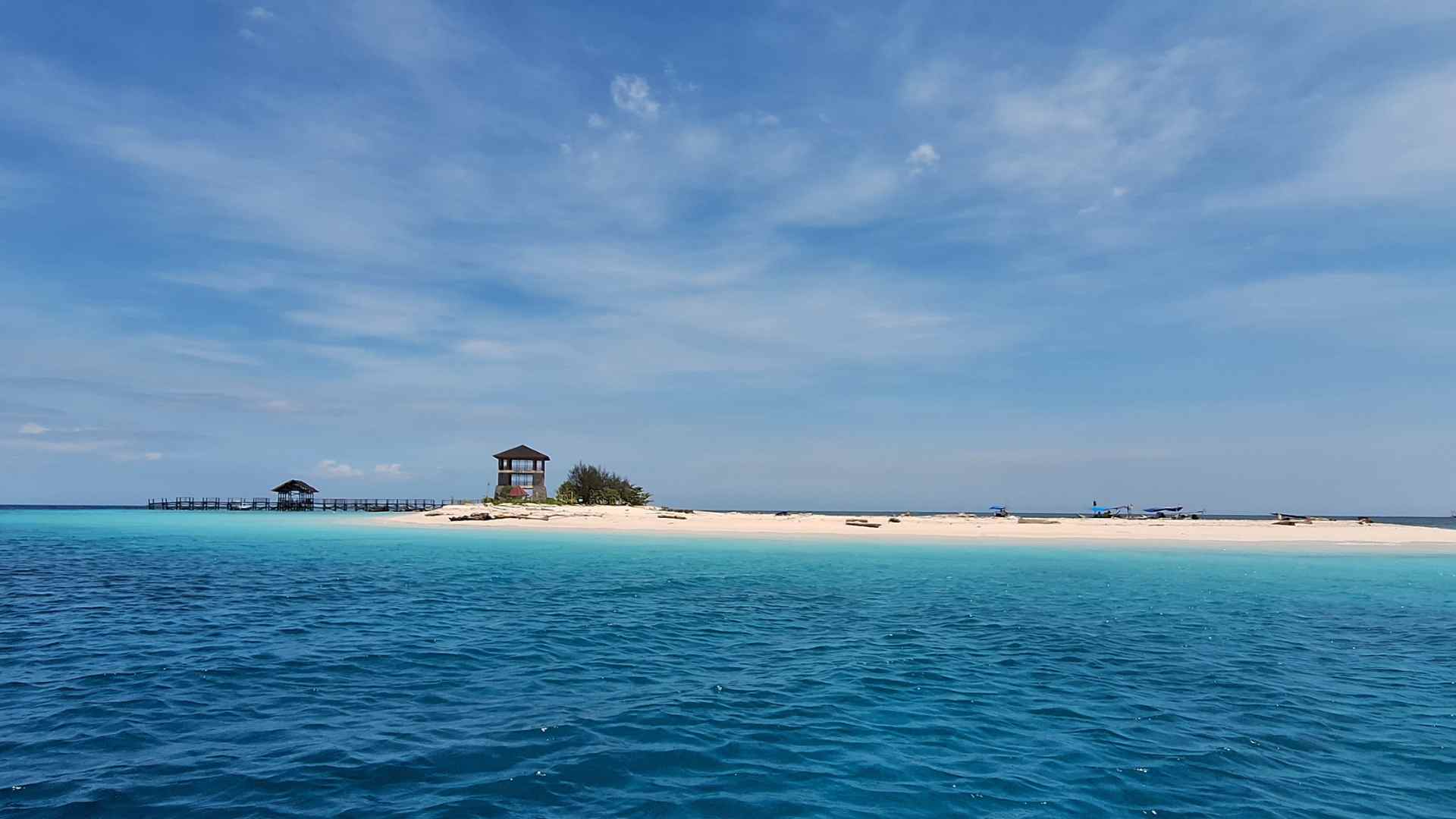
Khayangan, Lae-Lae, and Lae-Lae Caddi islands
These are the closest Pabbiring islands to Makassar- only 1 km off the coast of Makassar (and the Port of Makassar). They are inhabited, with attempts of small resort development on them. Due to their proximity to Makasar (they are just like Makassar’s districts, separated by a canal from the rest of the city), they should be even more popular than Samalona and Kodingareng Keke.
However, this proximity exposes them to the city’s pollution. Therefore, they are far from a “tropical paradise”- waters are not so clean, the remnants of corals are in poor condition, mostly dead. In fact, while you stay there, you can hear the noise of the trucks and cars in the nearby city.
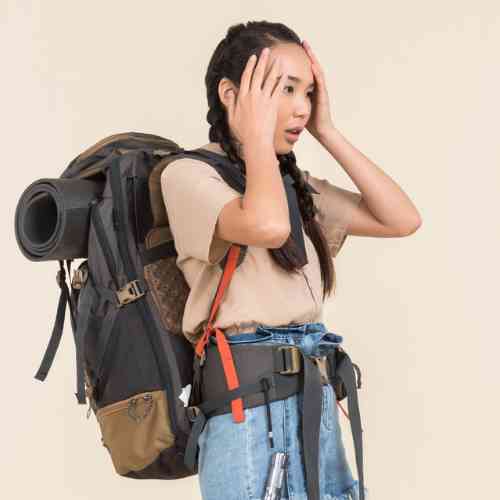 Exploring the Earth is fantastic! However, there are various hidden dangers that may ruin your journeys. Don’t allow that to happen, or at least reduce the consequences as much as possible!
Exploring the Earth is fantastic! However, there are various hidden dangers that may ruin your journeys. Don’t allow that to happen, or at least reduce the consequences as much as possible!
Include a travel insurance as a part of your trip preparation by pressing the button below:
Our trip to Samalona and Kodingareng Keke islands
We found Samalona and Kodingareng Keke not from tourist ads but first from the window of our plane while it was descending to the airport of Makassar. Then, we researched carefully the area of multiple islets west and northwest of Makassar, only on the satellite map of Google Earth. We could clearly see the islets, the sandbars, and the crystal clear turquoise waters around them. Even on the map, they looked like a “tropical paradise”.
Once we arrived in Makassar and started exploring the city, we asked at the reception of our hotel about these islands. We were not surprised that the islets have become popular, and two of them were at the top of the popularity- Samalona and Kodingareng Keke.
They told us that visiting Samalona and Kodingareng Keke is very easy and there are a lot of private boats in the ports of Makassar- not only in the old port of Paotere but also in all the coastal spots where tourists usually go- in front of Fort Rotterdam, Losari Beach, and 99 Dome Mosque.
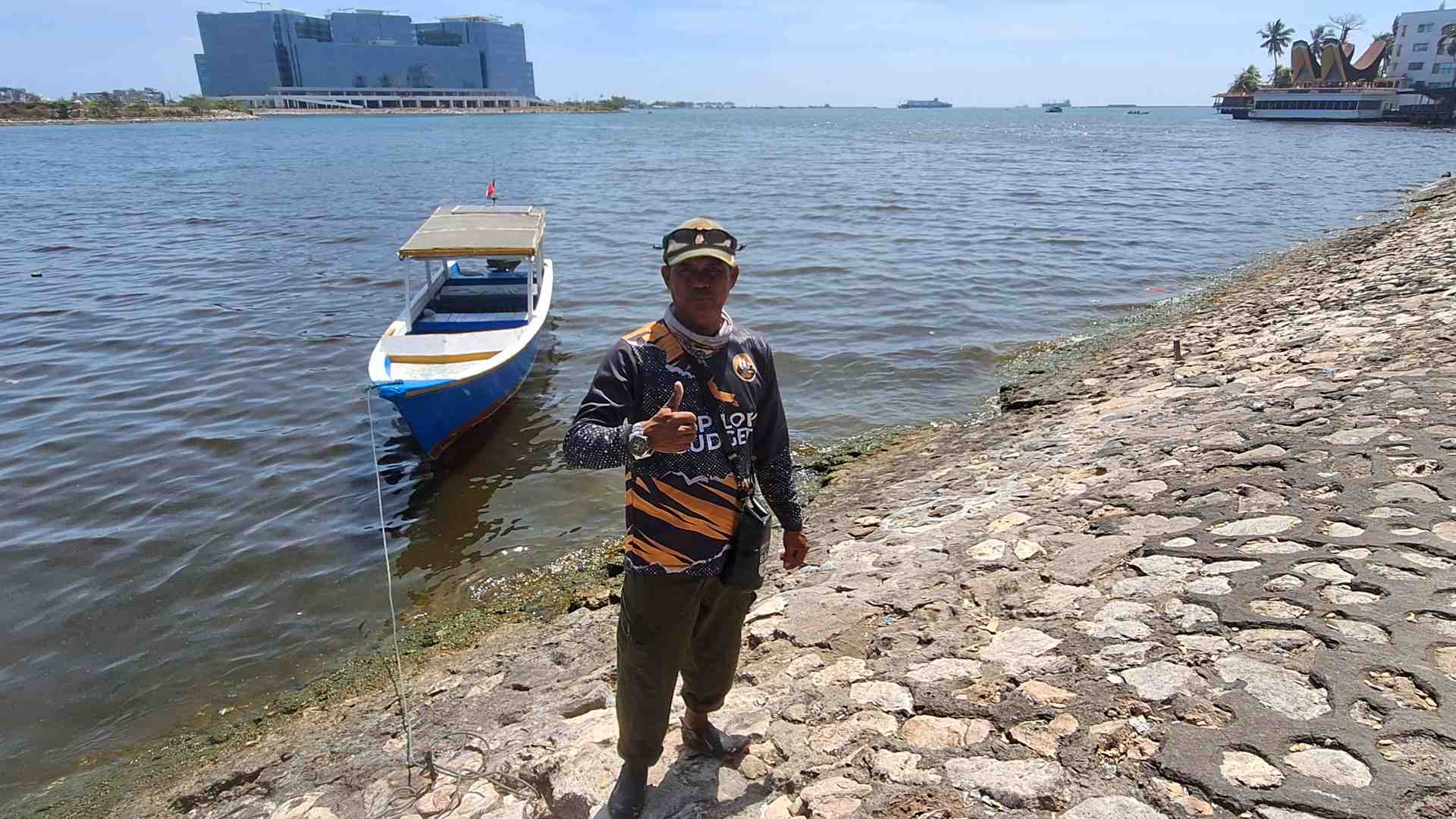
Finding a good boat with captain
So, when we walked in these areas, we saw boat captains waiting (hunting) for tourists. We asked several of them, bargaining for the best price, and finally made an appointment with a captain waiting in front of 99 Dome Mosque. He offered 400,000 IDR to Samalona Island only, and 700,000 IDR to Samalona and Kodingareng Keke combined trip (the cheapest we found- normally, the price to Samalona was 500,000 IDR).
So, we met him at 7:00 am in the same place and for about 35 minutes arrived in Samalona. Then, he left us for about 2-3 hours and went for other tourists. We used the time to relax, to walk around the islets, and to swim and go snorkeling.
About 10:30 am he came back and took us further to Kodingareng Keke, for another 30-40 min. Again, we stayed in Kodingareng Keke for about 2 hours, snorkeling and wandering around the sand cay, the wooden tower, and the wharf. Finally, at late noon, we returned to Makassar together with other tourists in his boat.
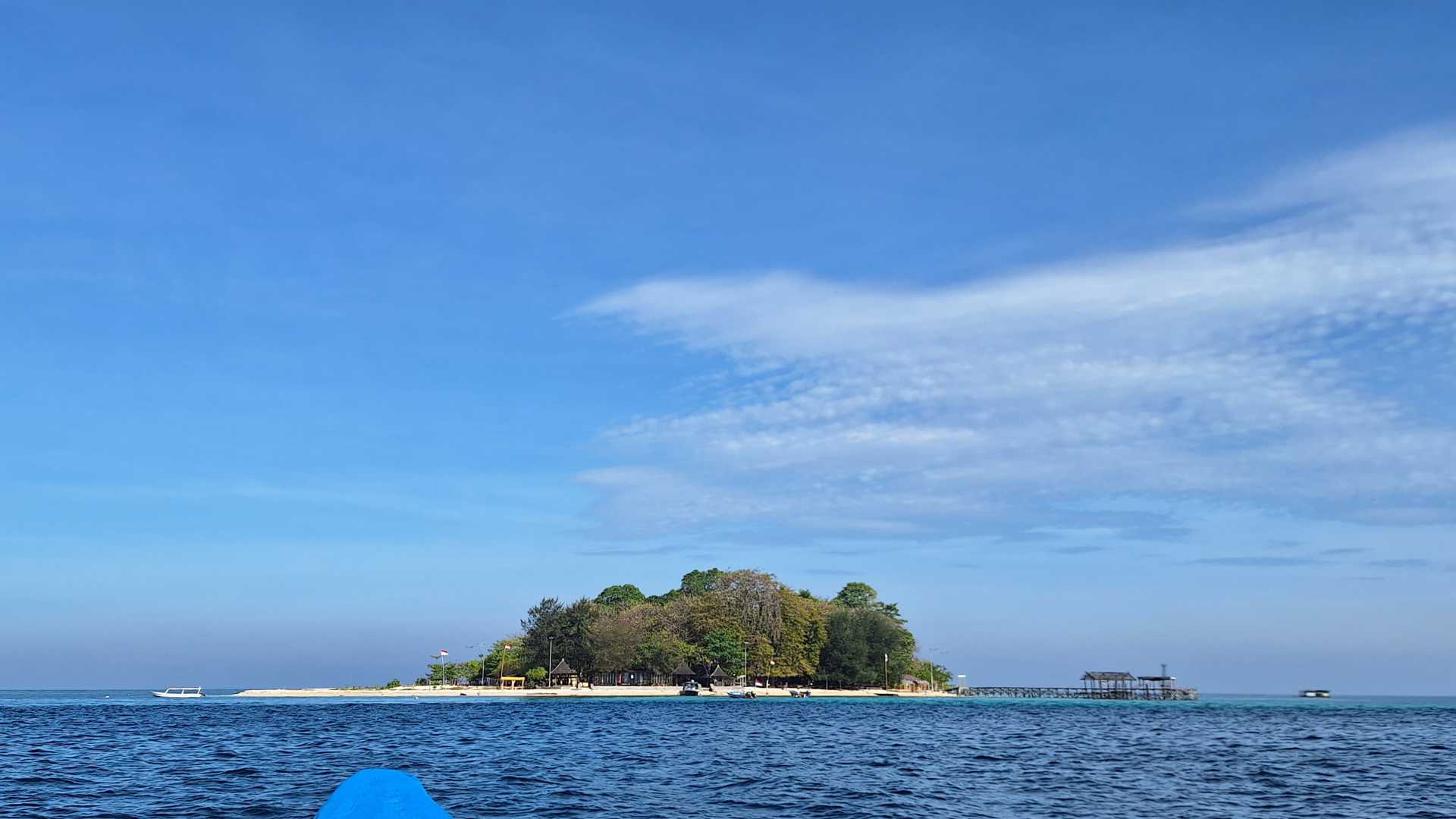
Samalona Island
It is small- 150 m long and 100 m wide- you can circumnavigate it for less than 10 min. The coast almost entirely consists of a sandy beach, and the interior is covered by a tropical forest. There is a wharf on its eastern side.
There is something like a resort on the island but don’t expect luxury- there are only several guesthouses and cottages run by local families and dive centers, with relatively basic conditions. In addition, there are small “restaurants” (actually- open-air stalls with local meals) and even a small “grocery shop” (again just a stall).
Prices are usually between 400,000 and 700,000 IDR but are negotiable. The accommodation in Samalona Island is not yet developed- you can’t find the properties on the island listed on any platform like Booking or Agoda. They can be full in the peak season (May to October) and the only ways to reserve a place to stay in advance are by local contacts, with the help of a boat captain who would take you to the island, or if you find a local diving club that has a cottage there.
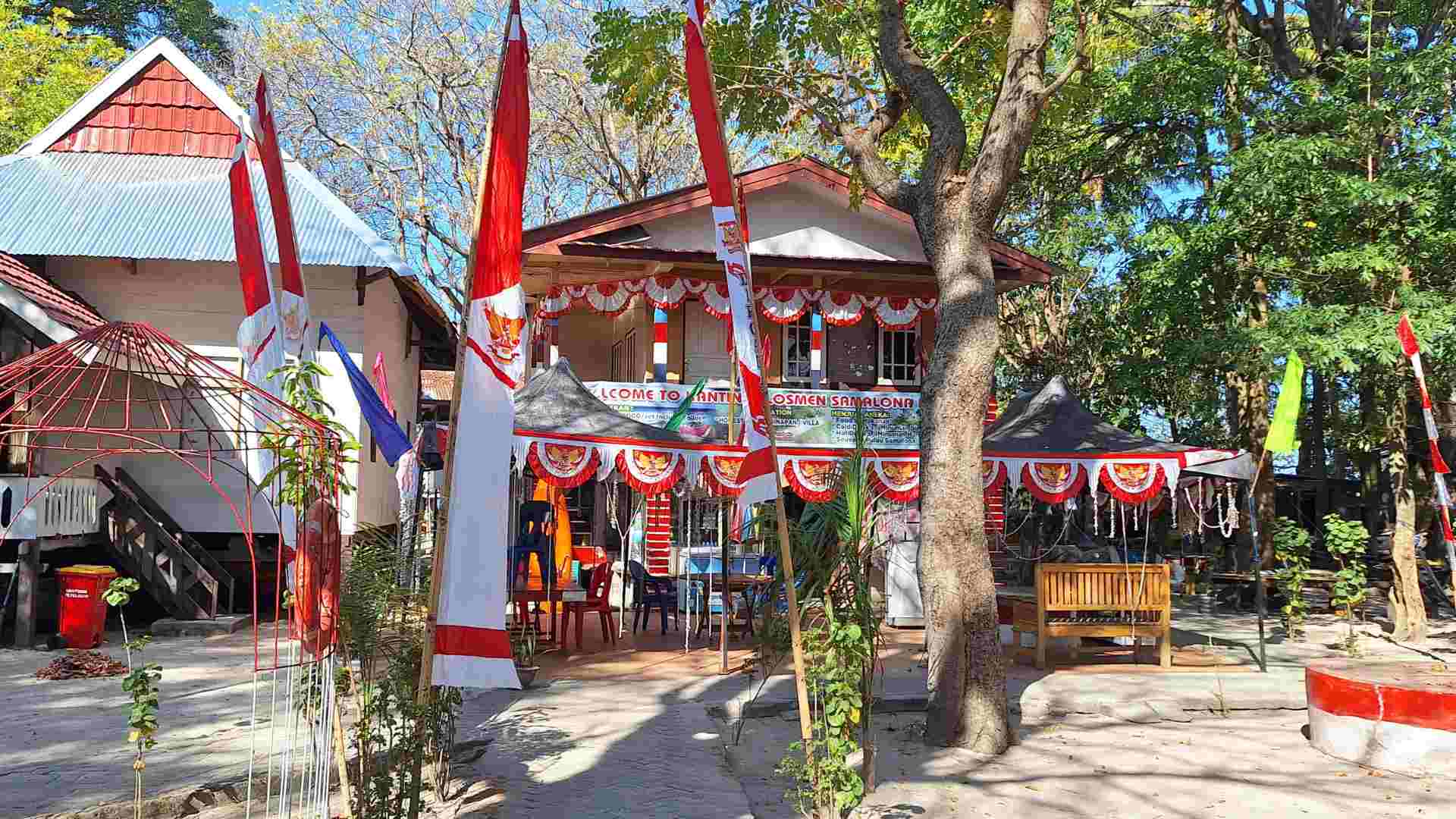
Kodingareng Keke Island
It is a long and narrow sand cay (sandbar, “gusung”), about 200 m long and 20-30 m wide. Unlike Samalona, as mentioned above, it is almost treeless. There is no accommodation here, no shops, no electricity, no running water, nothing. Besides the wooden tower (providing spectacular views of the sandbar and the sea around it), the small gazebos, and the wooden wharf, there are only a few simple wooden structures made by local fishermen as temporary shelters.
So, you can’t stay there overnight and basically, Kodingareng Keke is supposed to be only a day-trip destination. But if you really want to spend the night there, it is possible only by wild camping. However, you need permission for that (ask your boat captain in advance).
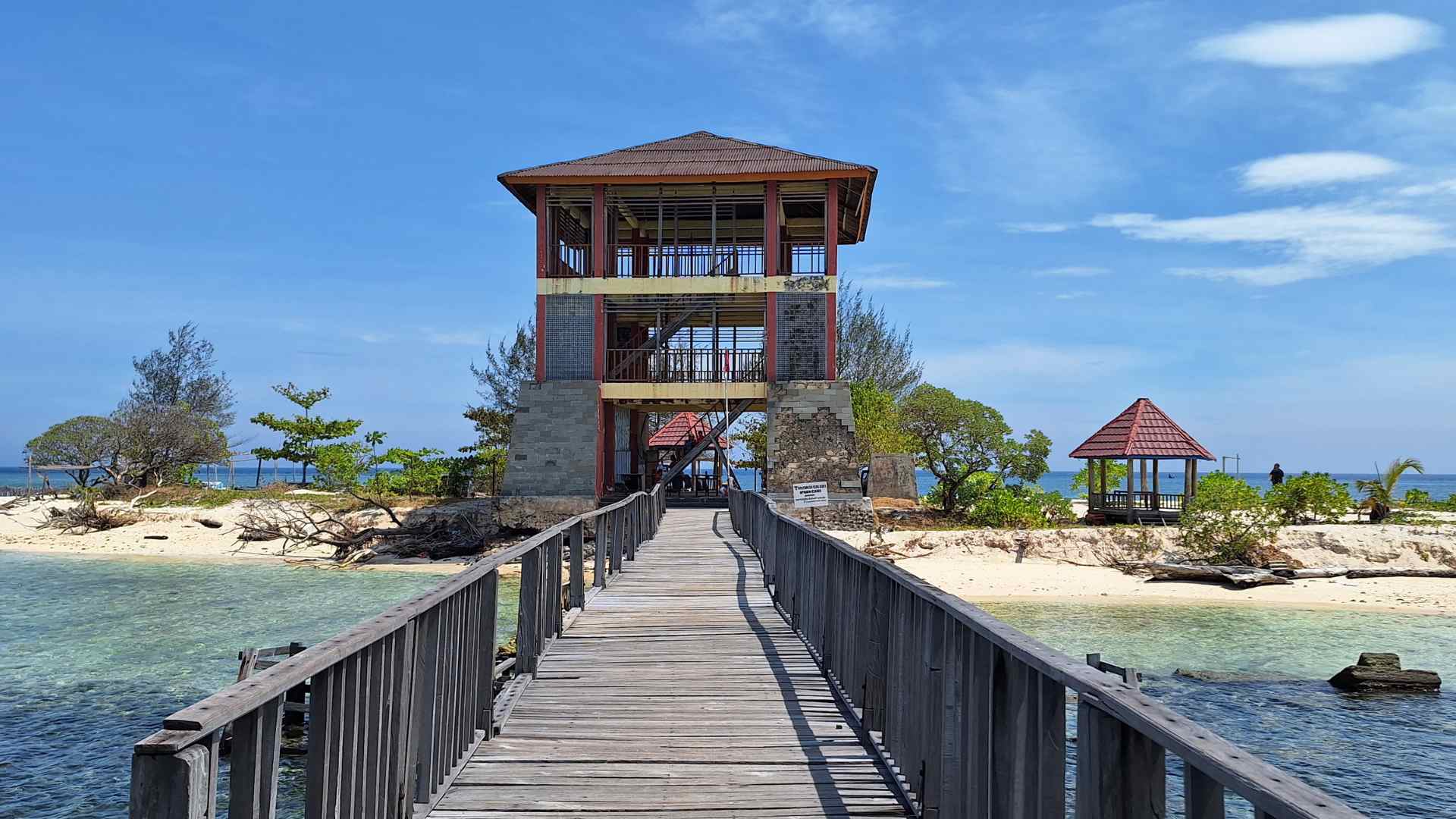
Further beyond
What if your thirst for adventure and geography attracts you to go further around Pabbiring and the whole of the Spermonde Islands? This scattering of island gems leads beyond the horizon and you can easily feel that only a few hours of a boat trip, only to a short glimpse of it is far from enough.
The nearest inhabited islands
While you go on a trip to Samalona and Kodingareng Keke, you can see two more islets, one on the left and one on the right side of your boat. On the left is Kodingareng Lompo Island, and on the right- Barrang Caddi Island.
However, they are probably not what you expect- they are densely built-up and populated pieces of land, literally with no unbuilt space. There might be only three reasons to visit them: to immerse in the local life, to go to the nearby diving spots, or just to use them as a hub for further islands and spots.
Since these islands are inhabited, there is a form of public transportation, with much cheaper boats in poor conditions, especially for locals. They are always crowded (after all, this is the only connection between the islands and the mainland of Sulawesi for the locals).
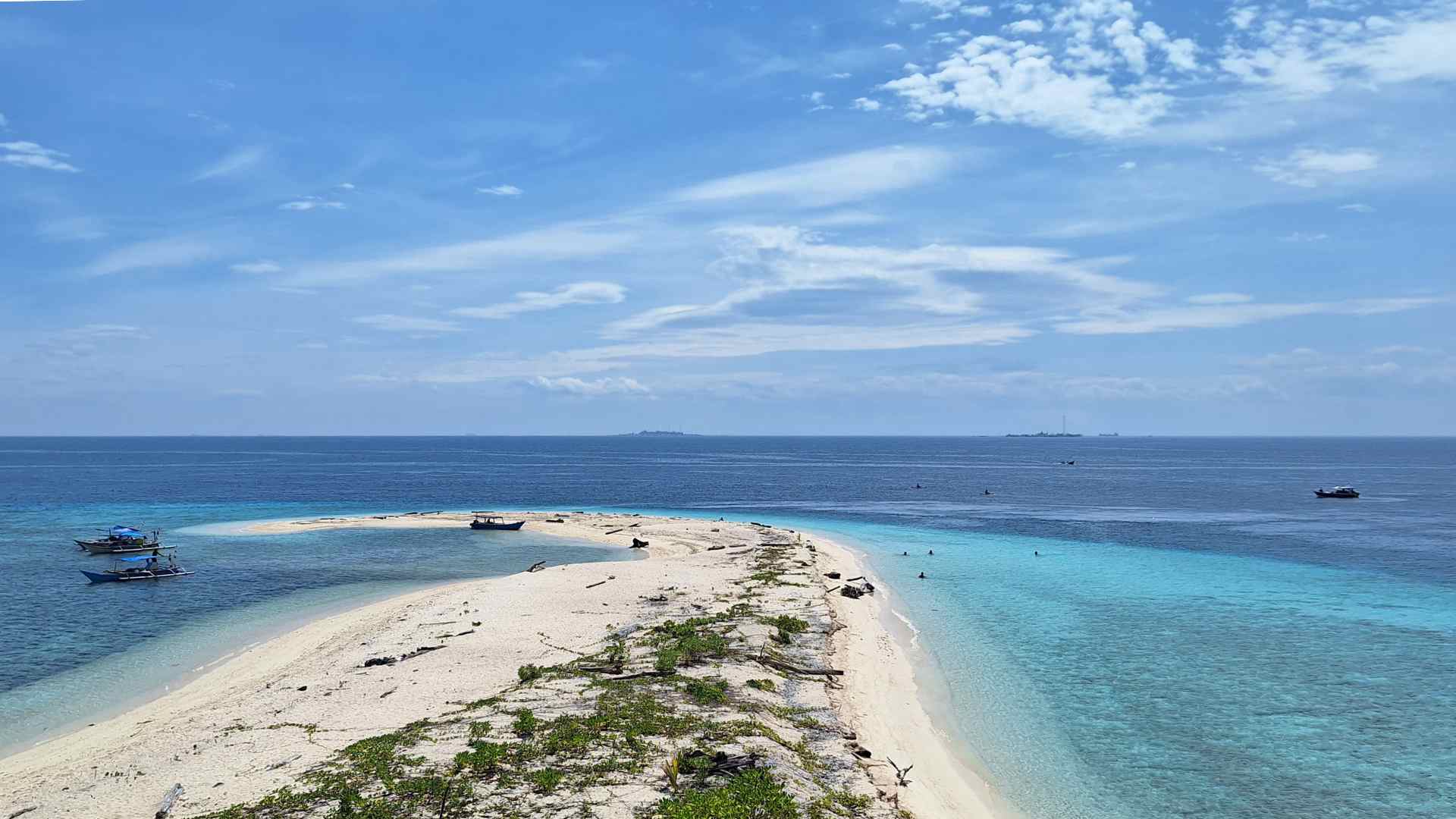
More inhabited islands
Further away, you will find more islets like these. About 30 of them are fully built-up (the most extreme of them is Lumulumu, with poor houses even on the water due to a lack of space). Some of them at least have a “central square” or a “central park” in the middle. A much better island is Bangkobangkoang, with only one small village in its northern part, several agricultural ponds, and the rest is pristine tropical forest. Another nice island with a small village in the forest is Samatellu.
Uninhabited islands, resorts, and sand cays
You can still find more uninhabited (or almost uninhabited) islands, or islands with a “resort” like Samalona further away, like Cambacambang. There are also other islets covered only by forest like Cangke, Suranti, Tambakui, and Podangpodang.
In addition, there are some treeless sandbars, far from tourist crowds. Some of them are even tidal- in high tide they are completely covered underwater. The most beautiful of them is Battang (on Google Maps you can see it as “Pantai Indah Pasir Putih”, which means “Beautiful Beach with White Sand”.
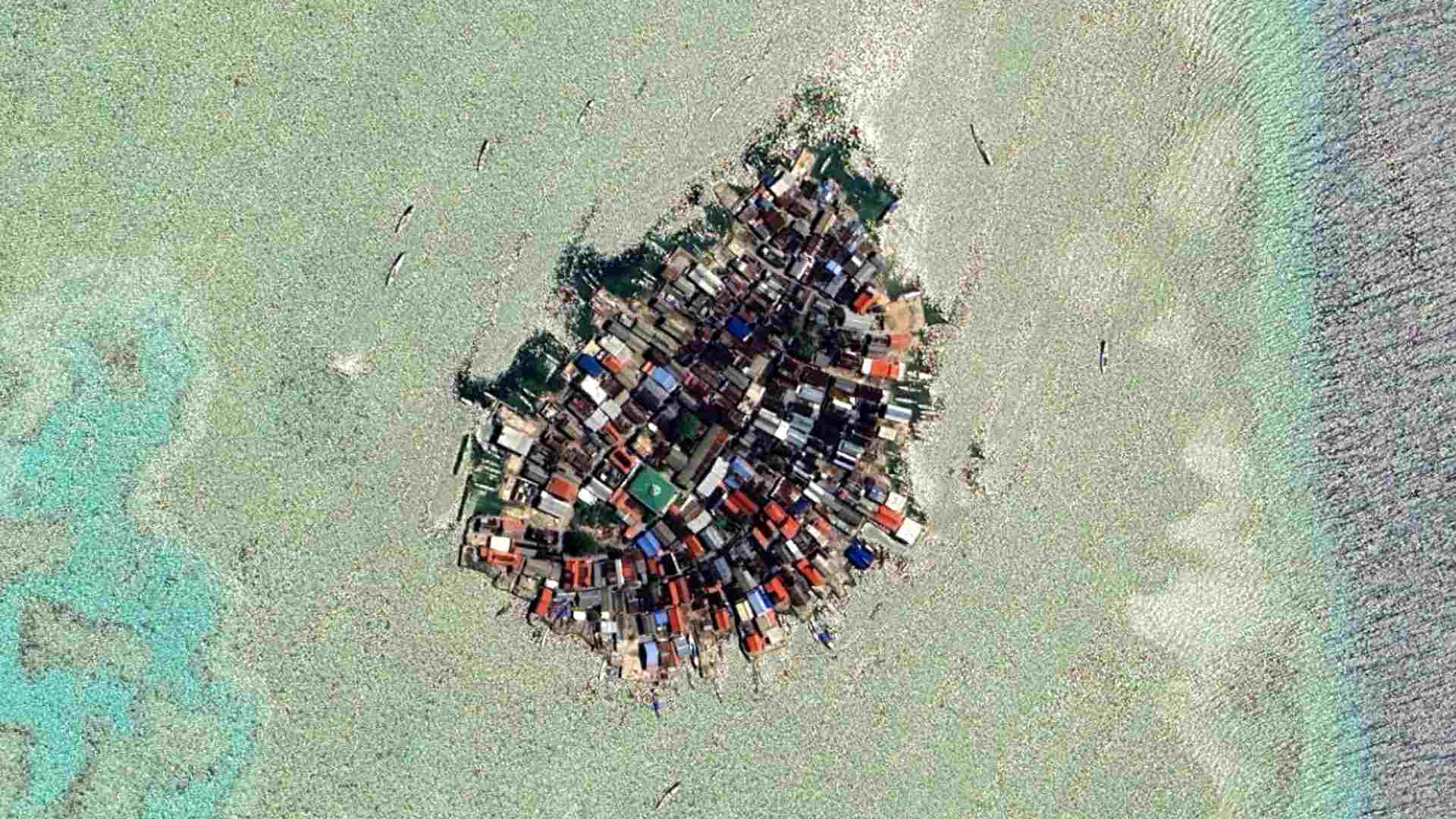
The farthest of the Pabbiring Islands
If you want to reach the frontier of Pabbiring Islands, you have to aim for the following islands: Langkai, Lanjukang, and further northwest- Takaluwar, Tambakui, Kondongbali, Papandangang, and Kapoposang (the farthest one). Or, to the north- Jangangjangangang and Kerapu Sandbar.
Kapoposang Island, about 70 km from Makassar, is much larger than Samalona- 1,5 km long, and about 100-200 m wide. It is covered by tropical rainforest, with a few small villages scattered around. There are excellent coral reefs and diving spots. For this reason (excellent diving opportunities and its remote location), it is still a bit more visited than the other Pabbiring islands (apart from Samalona and Kodingareng Keke).
All of the Pabbiring islands are reachable. But don’t expect regular ferry service- the only way to reach any island is by private boats (slow boats or speed boats). There are no schedules. Just go to Paotere or Losari Beach in Makassar and search for a boat. You can find a local “transportation” to the inhabited islands- cheap but crowded and not so comfortable. Or, you can find a private boat.
Most boat captains normally will refuse to take you to the farthest and remotest of the Pabbiring Islands, unless you offer them a better payment for their service (it can reach and even exceed 2 million IDR, but again, negotiation is everything in this case).
Now, let’s take a brief look at the other sub-groups of the Spermonde Archipelago.
Tanakeke Islands
It is a small group of four main islands- Tanakeke, Bauluwang, Satanga, and Dayang Dayangan. The first two of them are known for their wild mangrove forests and sea canals (actually, separating “sub-islands” from the main island).
Except for Dayang Dayangan, if you are looking for beaches, you can’t find such. Instead, you can go on a boat adventure inside the mangrove forests and the canals. And you can also touch the local culture in the villages. Only Dayangdayangan (the smallest and northernmost island) has a nice beach, surrounding almost the whole island. It is covered by tropical rainforest, with a small village inside.
If you want to reach Tanakeke Islands, this time you’d better first travel to Takalar (several villages that form a town, south of Makassar) on land, and find a boat from there. There are public boats for locals without schedules, or you can bargain with a local private boat. Only if you want to go to Dayang Dayangan, you can probably find a boat from Makassar.
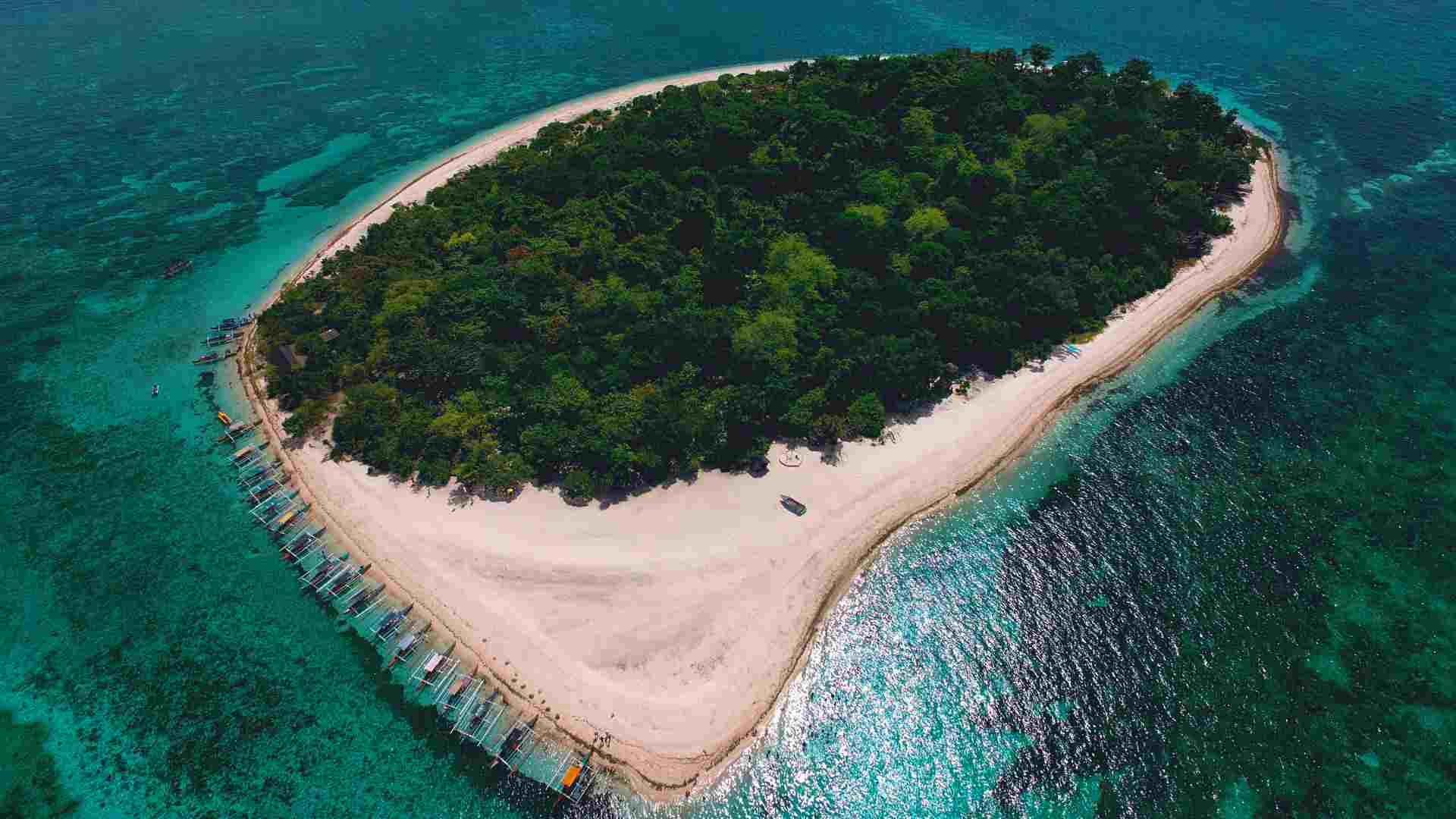
Liukang Kalmas Islands
This is a group of scattered islands in the western frontiers of the Spermonde Archipelago. They include the islands of Dewakang Besar, Dewakang Kecil, Bangkauluang, Doangdoang Besar, Doangdoang Kecil, Marasende, Bankobankoang, Butongbutongan, and Kalukalukuang.
They are larger than the islets of Tabbiring and are located much farther from Makassar. All of them are inhabited, containing only small villages, mangrove forests, tropical rainforests, and some agricultural land. Again, there are some great diving coral spots around all of them.
Reaching these islands is challenging. They are far from any tourism, and the only people who go there (besides the locals) are some divers (on diving expeditions) and adventurous travelers. There is no regular ferry service but only private boats and cargo ships.
You have to go to Paotere Harbour in Makassar and patiently search for a local boat that serves the locals in the islands, or find a boat captain who would agree to take you there (expect a high price!). Such a trip would last a whole day, depending on the speed of the boat. The islands are located between 130 and 190 km from Makassar, almost in the middle between Sulawesi and Kalimantan.
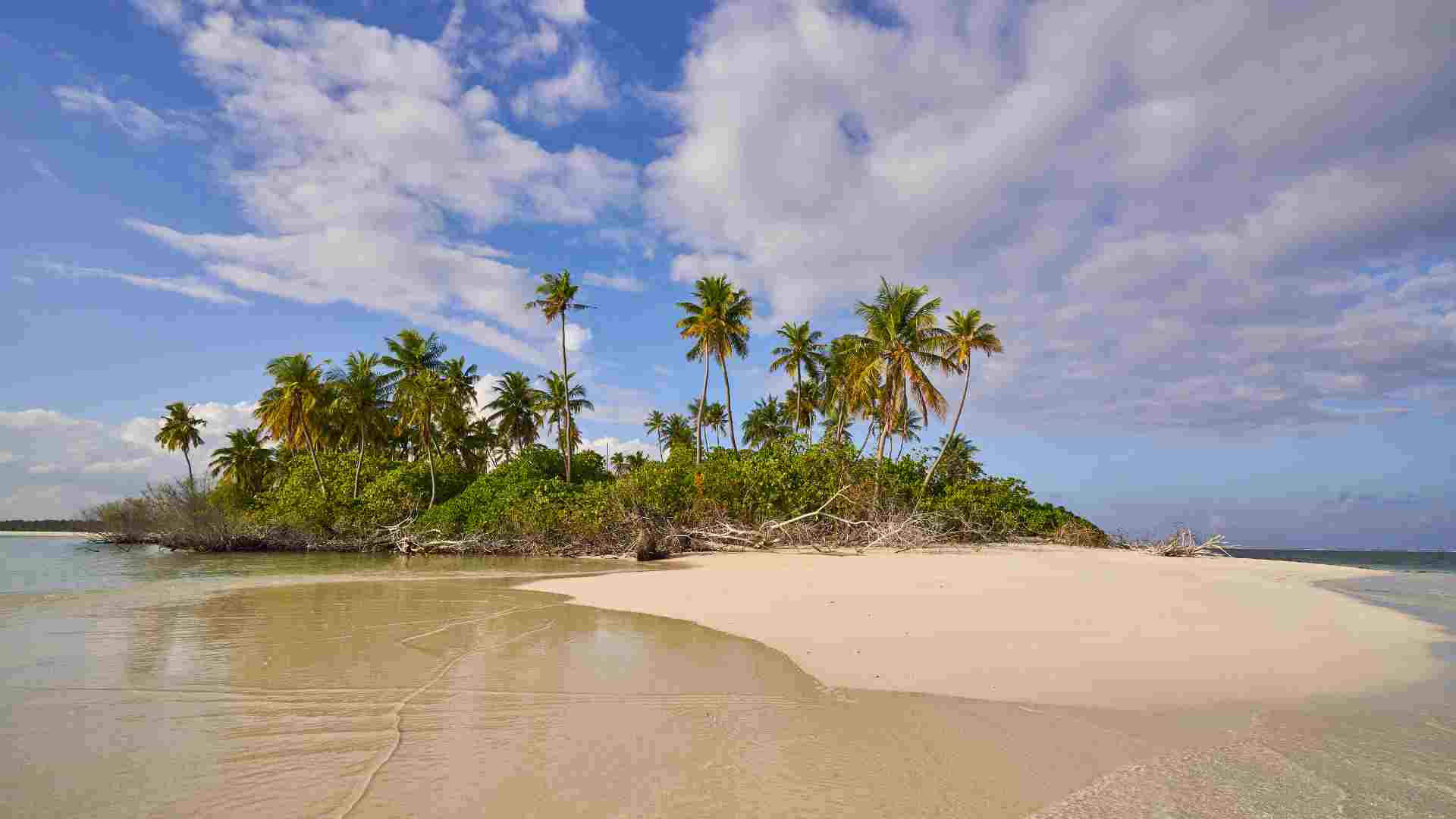
Tengah Islands
This is the farthest and the largest sub-group of islands within the Spermonde Archipelago. It is located between Sulawesi and Sumbawa islands- actually, these islands are better accessible not from Makassar but from Sumbawa and even Lombok.
Like Liukang Kalmas islands, the Tengah Islands are far from tourism, difficult to access, with only some local communities, visited only by divers and adventurous travelers. Some islands (like some of the Sabalana atolls) are uninhabited, literally “far from the world”, covered by tropical rainforest, completely wild. I can imagine what staying on such an island would look like- it reminds me of some Robinson Crusoe type of story.
This is the Spermonde Archipelago- it starts from urban pieces of land that almost belong to Makassar proper, and ends far beyond the horizon, in the seas between the large Indonesian islands of Sulawesi, Kalimantan, and the islands of Nusa Tenggara. A journey to the archipelago’s frontiers begins with easy, accessible tourism, only briefly touching the tropical sea paradise, and it can reach the wildest off-the-beaten-path frontiers of the Indonesian archipelago, opening the gate for a lot of adventures.
Take a look at this video about Samalona and Kodingareng Keke below:
Like it? Pin it here⇓! Follow us in Facebook, X and Instagram!

